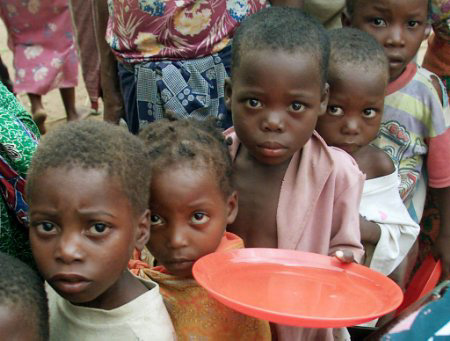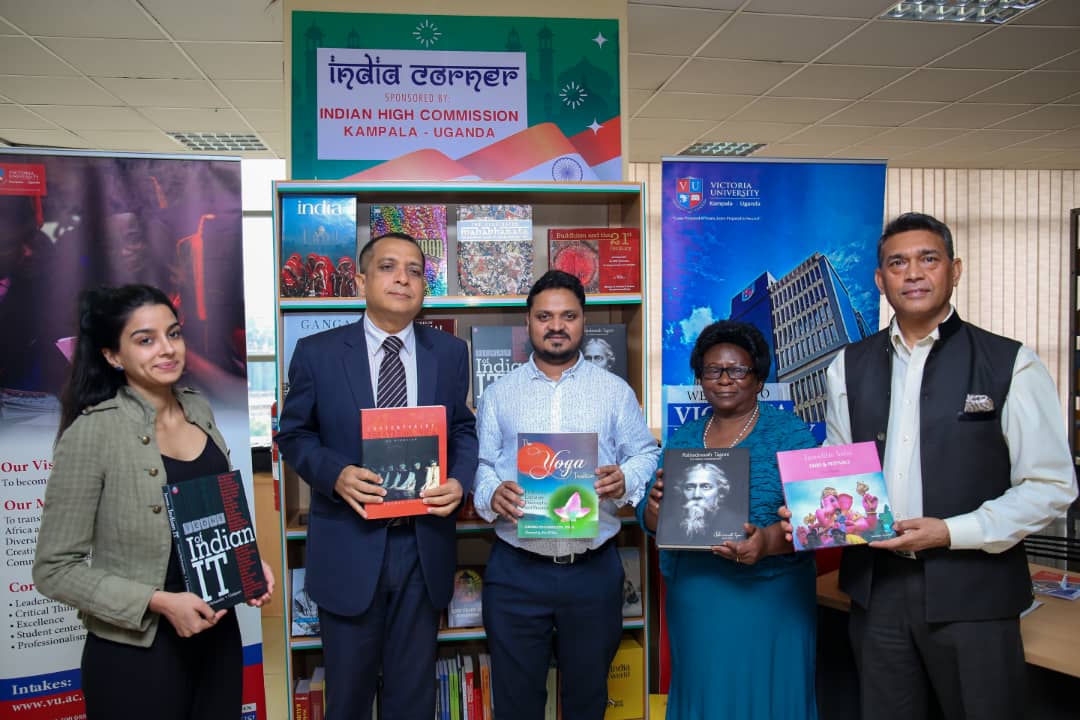
LANGO – Since time immemorial, cassava has been considered to be the main food security crop in Lango sub region of northern Uganda.
However, in recent months, Lango has been experiencing looming famine due to shortage of cassava.
For instance, 80 per cent of residents of Lira District are now consuming cassava locally imported from Nwoya District because of Lira’s inability to produce enough of it to feed its population of 410,516 people. This is according to the data from the district production department.
Children whose parents cannot afford the fresh cassava in the market are starving as the most consumed food is slowly disappearing from the families’ menu due to the scarcity.
“We are now relying on millet and maize flour but children are used to eating boiled fresh cassava,” Ms Janet Adong, a resident of Adon Village, Aleka Sub-county in Oyam District, says.
Cassava, which is the most important starch staple food in Lango’s nine districts of Lira, Oyam, Kole, Apac, Otuke, Kwania, Amolatar, Dokolo and Alebtong, is drought tolerant.
It is consumed flesh and the excess sold for income. The dried cassava chips are also processed into flour that is mostly used to brew waragi (bio-ethanol).
Waragi production is mostly done by women and it is a key source of income to their families.
Disturbingly, Cassava Brown Streak Disease (CBSD), unclean planting materials and slow rates of adoption to yield enhancing technologies and practices have contributed to the shortage of food in Lango.
In 2016, CBSD affected the main food crop, caused significant losses to thousands and threatened food security in 16 districts of northern Uganda.
Cassava Brown Streak Disease is a devastating viral infection that affects the edible parts– the tuberous roots and sometimes leaves – leading to a total loss of yields in most cases. It is spread by white flies from infected to new plants. Once the cassava plant is infected, all the stems from that plant will carry the disease to the next crop.
Mr Moses Onika, an agricultural officer in Lira District, says many farmers fear investing their energy and resources in cassava growing because of the disease burden. A farmer can lose 100 per cent of cassava due to CBSD, he says.
The disease affected more than 300 farmers in Chegere Sub-county in Apac and Bala Sub-county in Kole in 2016, according to Cassava Community Action Research Project (Cassava CARP project) of Makerere University.
Government recently introduced 21 varieties of cassava with NaROCAS 1, 2, being the latest.
Development partners like Advance Afrika, a non-profit making organisation is promoting climate-smart technologies in Lango, Teso and Karamoja sub regions so as to increase the resilience of smallholder farmers to natural disasters and climate change.
The organisation is enhancing extension and advisory services, improving access to financial services and facilitating market linkages in the three sub regions.
Also, districts in Lango are now using cassava seed entrepreneurs to multiply clean planting materials. In Amolatar, for instance, the capacity of hundreds of farmers under their umbrella body, Agikdak Farmer Group, has been built to multiply clean planting materials or cassava cuttings.
The group often buys cassava cuttings from National Agricultural Research Organisation (NARO), plants in their gardens, purifies and later sells the clean planting materials to other farmers within and outside the district.
Mr Francis Ojok, the district production and marketing officer, says the initiative has since boosted production of cassava in Amolatar because farmers have access to clean and quality planting materials.
Currently, about 80 per cent of the population in Amolatar is growing cassava up from 40 per cent in 2015.
“From 2015 to 2018, the production increased from 10,000 metric tonnes to 28,000 metric tonnes, representing an increase of 18 per cent,” Mr Ojok says.
At least more than 1,500 farmers in Agwingiri Sub-county in Amolatar planted cassava last year because of the availability and access to clean planting materials.
Ms Janet Omara, a farmer says those who have been growing cassava have nothing to worry about because they have plenty of food.
“Three years ago, we were surviving on only one meal in a day because Cassava Brown Streak Disease had destroyed our food crop. Around that period, our children were malnourished but now they are very healthy,” Ms Sarah Apea, a cassava farmer in Amolatar, says.
However, the availability of clean planting materials has not had any effect on production in Lira and Oyam.
Mr Denis Okech, an LC1 chairman in Aleka Sub-county, Oyam District, says less than 100 households in their parish of more than 2000 households had planted cassava last year.
Agricultural experts however warn of more hunger for many households if they don’t resume growing cassava.





